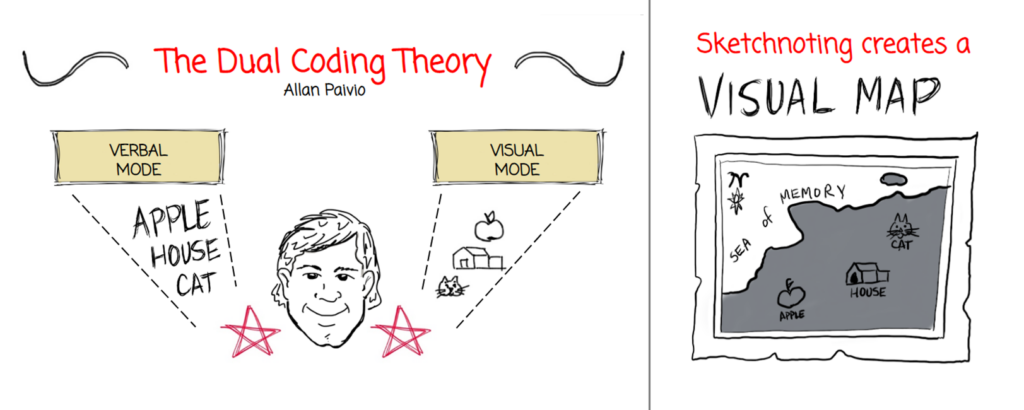The SAMR theory of technology is a great technological tool that enhances a students’ learning and deepens their understanding. By using the SAMR model, teachers are able to assess the potential impact of different technologies on students’ learning experiences, and prioritize technologies that have the potential to transform learning rather than simply replacing traditional methods. The 4 SAMR levels deepen students’ learning processes differently and can be used through various ways. For example, when applying substitution into a lesson, you only replace traditional learning on paper with online writing, which can come in handy for essays or helping students to type or even using text-to-speech or other adaptability models for students that may need the support. But if I were to apply the Redefinition model into a classroom it can change the way students learn and collaborate, and lead to higher student performances and levels of interest. An example of this would be doing a free inquiry project, where the students can choose their goal and area of interest while becoming autonomous learners. Through the use of SAMR teachers can consider the specific needs and goals of students and the curriculum when evaluating technologies.

I believe that sketchnoting can be very useful in a grade 3-5 classroom. At this age students’ are only starting to get exposed to critically reading texts or articles and it’s not doable for them to write papers or essays regarding the information in the text. That’s where sketchnoting comes into use! I believe that through the use of sketchnoting, students can retain the information of the text better and combined with the visual aspect of it, this gets students engaged in the classroom.
My In-Class Sketchnote:
How and Why to Introduce Visual Note Taking to Your Students Article:
https://www.edutopia.org/article/how-and-why-introduce-visual-note-taking-your-students/